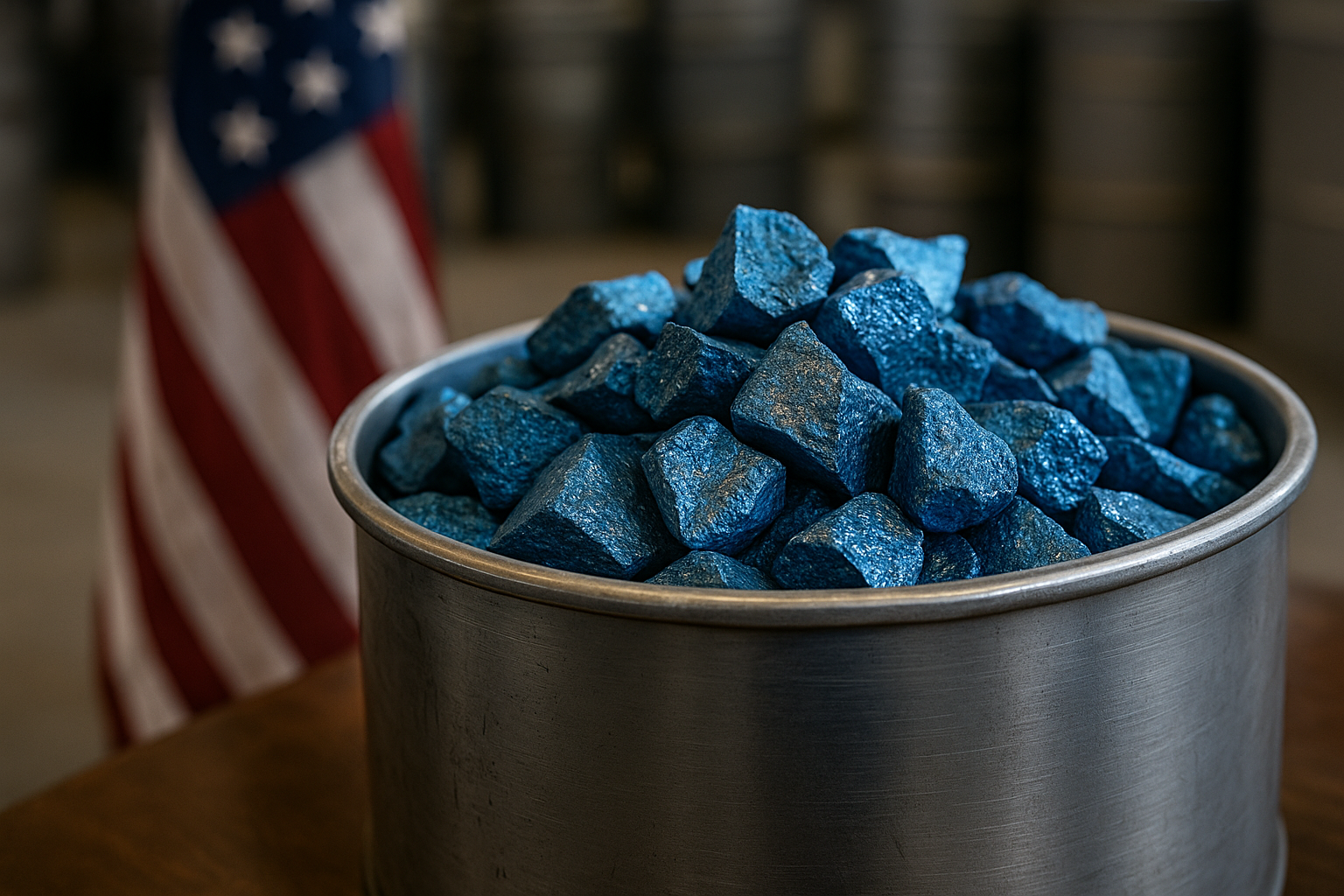As global demand for critical minerals accelerates, the UK is making a decisive move to reassert itself in the resource race. On July 29, the government announced a £28.9 million public investment to reopen the South Crofty tin mine in Cornwall—a historic mining hub once deemed obsolete. This funding is part of a broader industrial strategy to strengthen domestic supply chains and reduce reliance on geopolitical hotspots for essential materials.
Tin, often overlooked in the broader metals conversation, has quietly become a linchpin in the clean energy and electronics sectors. Prices have more than doubled since 2016, driven by demand from semiconductors, solar panels, and electric vehicles. The UK’s commitment to revive this mine is not merely about jobs or heritage—it’s a signal to investors that domestic critical mineral production is a policy priority in the energy transition era.
Strategic Depth: Why the South Crofty Move Is a Market Signal
Cornwall’s South Crofty mine, closed in 1998 after 400 years of operation, is now being repositioned as a strategic asset. Once operational, it is projected to support over 1,300 direct and indirect jobs and inject long-term growth into the regional economy. The project is being led by Cornish Metals Inc., a Canada-listed mining company that holds the rights to South Crofty and has been working on dewatering and environmental permitting.
The government support—via the UK Infrastructure Bank and Cornwall Council—is part of the South West Investment Zone strategy, designed to catalyze high-value industry clusters across the UK. This public-private partnership structure mirrors models seen in the U.S. Inflation Reduction Act and Europe’s Critical Raw Materials Act.
According to The Guardian, the UK’s Business and Trade Secretary Rachel Reeves framed the project as vital to “securing sovereign supply chains” and ensuring resilience against market shocks from China, Myanmar, and the DRC—three dominant sources of tin that are facing instability and regulatory tightening.
Why This Matters for Investors
The revival of South Crofty intersects with multiple high-conviction investment trends:
- Critical Mineral Sovereignty: As the West races to localize the supply of metals essential to net-zero targets, projects like this signal potential growth across tin, lithium, cobalt, and rare-earths.
- Industrial Policy Tailwinds: Like the U.S. and EU, the UK is now openly subsidizing domestic production. Mining firms operating in these geographies may benefit from policy-driven de-risking.
- Tin’s Unique Market Dynamics: Tin is irreplaceable in soldering for electronics and circuit boards—making it foundational to AI chips, EVs, and 5G infrastructure. Analysts at Fastmarkets forecast tin demand to grow 10% CAGR through 2030, with supply constraints keeping prices elevated.
Moreover, LME tin futures are hovering near $34,000 per tonne, up nearly 28% YTD—well above pre-pandemic levels, and indicative of bullish underlying demand.
Future Trends to Watch
1. Local Mining Revivals Across Europe
Following South Crofty, expect increased activity in regions like Germany’s Erzgebirge for lithium and Finland’s Lapland for cobalt. Investors should monitor early-stage exploration firms with viable assets and strong ESG credentials.
2. Tech & Energy Integration
As clean energy tech scales, the demand for tin solder and chemical-grade applications will outpace historical norms. Tin exposure via diversified metal ETFs may become a compelling hedge against tech volatility.
3. Geopolitical Repricing of Resources
China and Indonesia are increasingly leveraging mineral exports as political tools. Western governments’ resource nationalism will continue to create new opportunities for mining companies operating in ‘safe haven’ jurisdictions like the UK, Canada, and Australia.
Key Investment Insight
With critical minerals becoming a centerpiece of economic and national security strategies, investors should look beyond lithium and nickel. Tin’s unique properties and supply limitations offer a strategic entry point into the clean tech value chain.
Watch for potential upside in:
- Cornish Metals Inc. (TSXV: CUSN) – The company leading the South Crofty revival.
- Global X Critical Materials ETF (NYSE: CRMN) – Offers diversified exposure to key metals including tin.
- Mining infrastructure and dewatering tech firms – poised to gain from reactivating dormant sites.
For investors seeking exposure to high-impact commodity themes, the UK’s Cornish tin revival is more than a nostalgic nod to its mining past—it’s a forward-looking move into a resource-constrained future.
Stay tuned to MoneyNews.Today for more critical insights on where policy meets profit in global markets.





